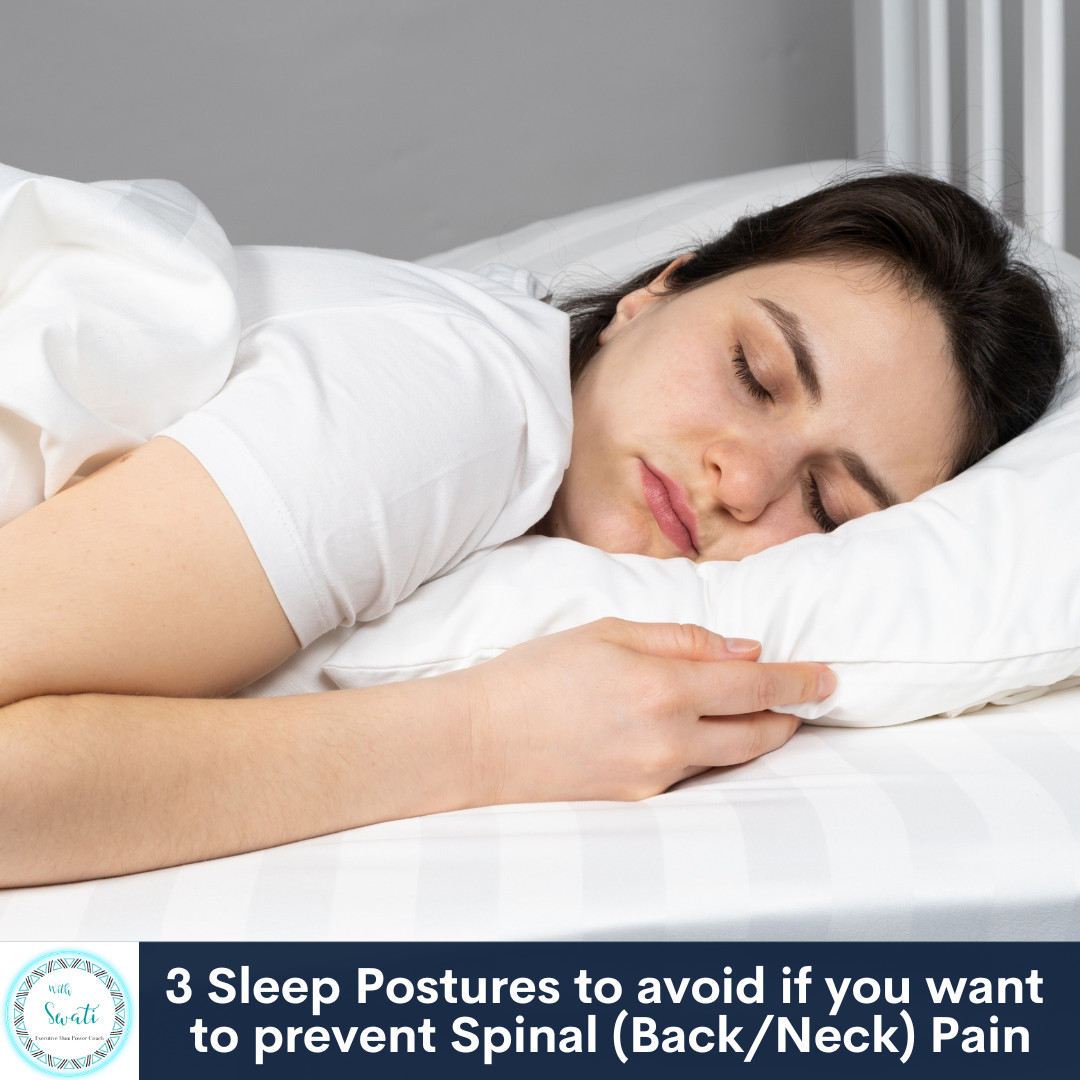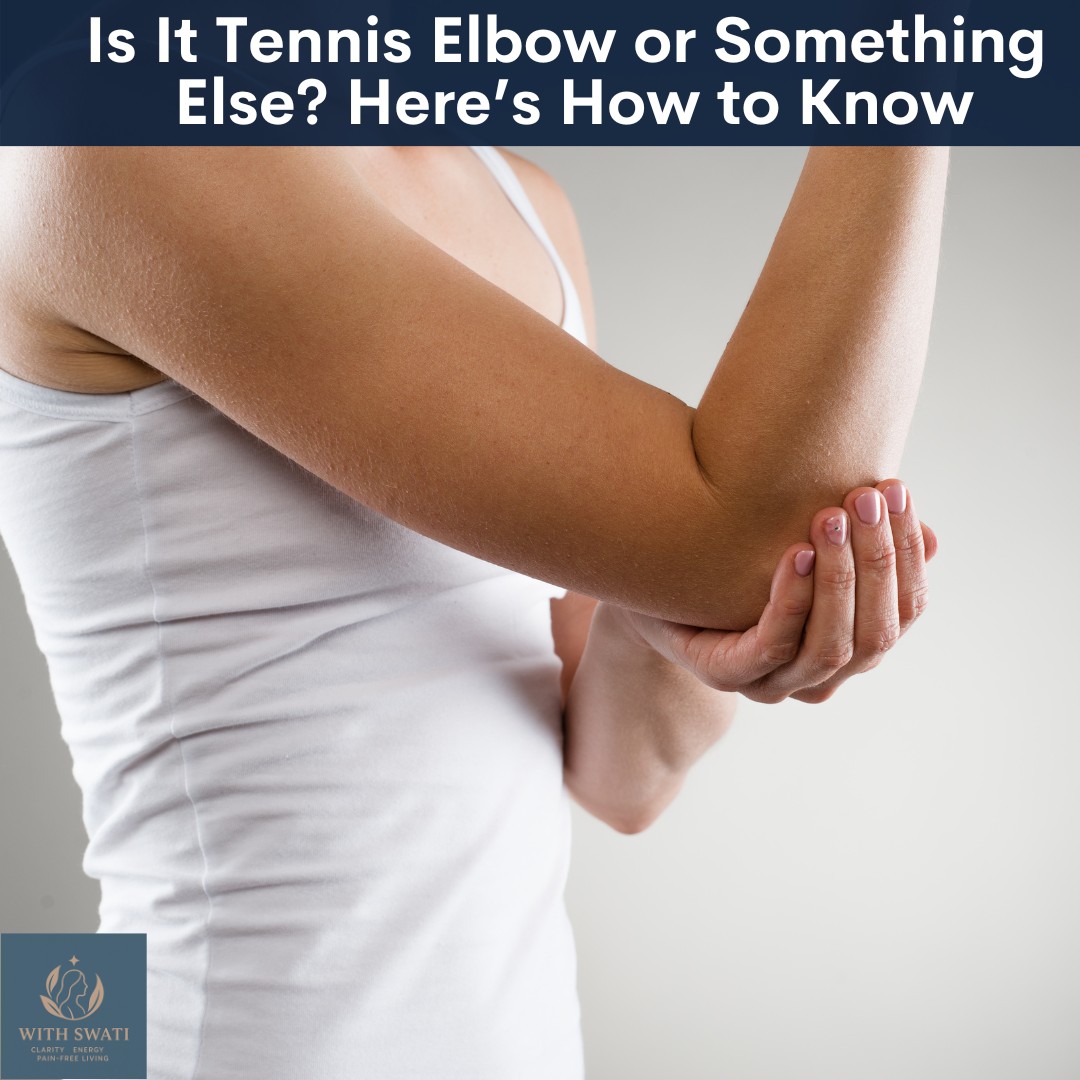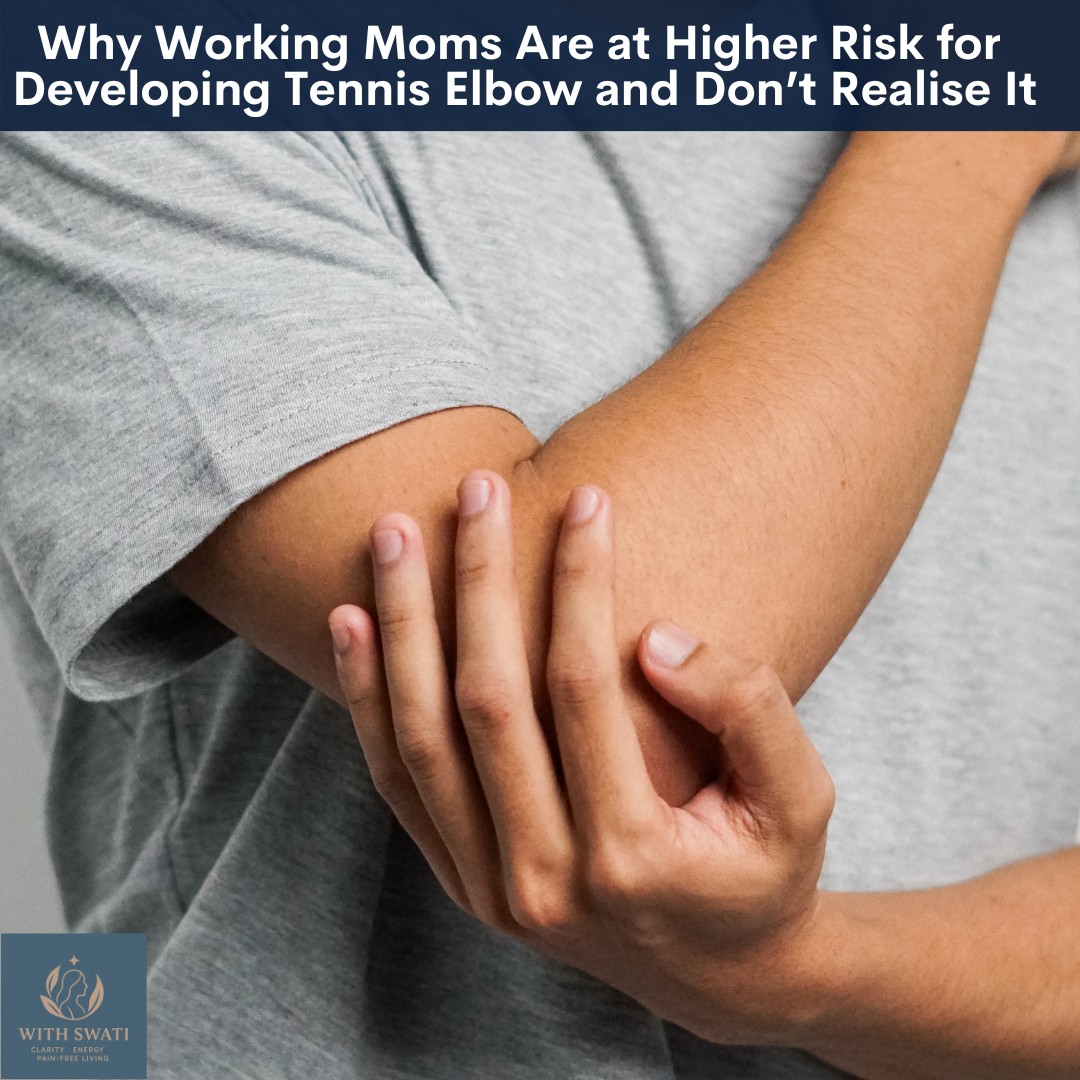
Most people suffer from back pain at some or the other times in their lives. This is especially true for mums working in high stress executive jobs who juggle home and work along with extensive work travel, prolonged sitting in long meetings, etc. One of the most common causes of back pain is a herniated or bulging disc, also known as slipped disc. Lets discuss what is a herniated disc and how does this relate to a disc protrusion, extrusion and other terminology around disc problems in this blog.
Our spine is made up of vertebras stacked on top of each other with a disc in between them. The disc is a gelatinous soft structure that acts as a shock absorber and keeps the vertebra from rubbing against each other. A disc is made up of a central jelly like material known as nucleus pulposus that is enclosed within a fibrous ring known as annulus fibrosus.
Lets take an analogy of a fried egg to understand the concept of a slipped disc. The annulus is like the white portion and the nucleus pulposus is like the yellow of the egg. If the white part of the egg is given a small cut the yellow yolk runs out but it is still enclosed by the white part of the egg. However if the cut is deeper then the yellow of the egg runs out of the outer edge of the white part. Now let's apply this same logic to your disc. If you have small tears in the annular fibrosus the nucleus pulposus can still stay contained in the periphery of the disc. This is known as a protrusion of the disc. However, if there are deeper tears in the annular fibrosus then the nucleus pulposus will flow out of the disc’s edge and this is known as a disc prolapse. However if this prolapse is larger and the nucleus pulposus is even more out of its original place it is known as a disc extrusion. The next stage and the most severe stage is when nucleus pulposus goes completely out of the area of the disc and this is known as a disc sequestration.
Slipped or bulging disc is a generic term used for any of these stages. The extrusion and sequestration stages are also called a complete slip disc and the prolapse and extrusion are known as incomplete slip discs. It is good to know these terms when your doctor discusses these with you or you see them on a MRI report.
It is not very uncommon to find degenerative changes in the disc of younger people in the late 20’s to 30’s age group due to static and prolonged postures and stresses on the disc. Watch this video to learn more about the symptoms of slipped disc:
If you want to know more about easy ways to manage your spinal (neck & back) and joint pain, join my free community where we discuss this in a judgement free friendly group. We also have free trainings on "Simple Solutions to Manage Your Neck & Back Pain" in this community.
If you like this blog and want to be notified about new blogs as soon as they are published, subscribe to my mailing list below.
I would love to see you around the internet! For other places you can explore more about me: https://withswati.com/page/link
















0 Comments